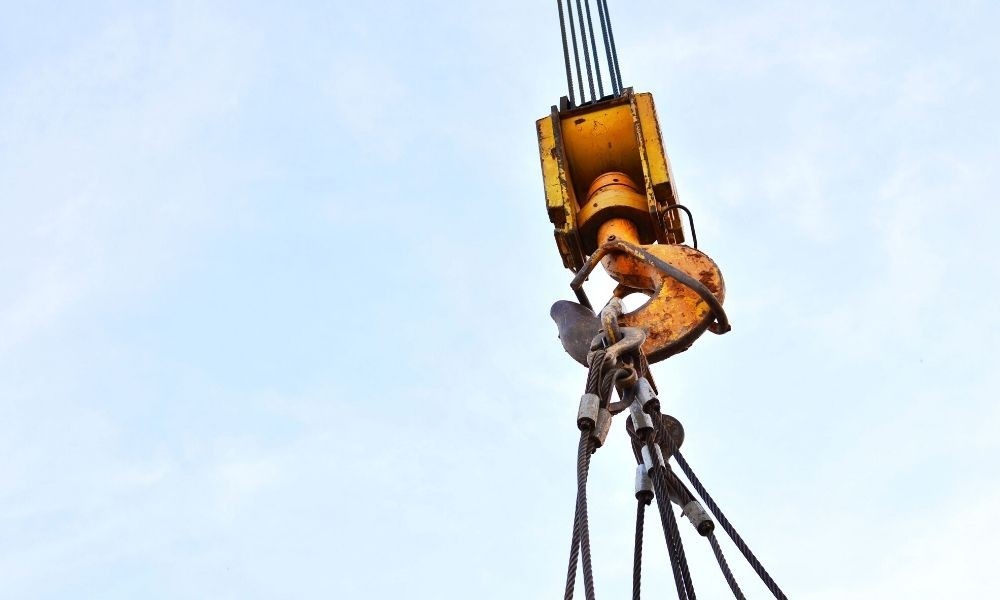Hoist vs. Winch: What's the Difference?

When you’re in the tower climbing profession, your rigging gear plays a key role in how you do your job. Whether you’re using beam clamp rigging, a hoist, or a winch, every piece is crucial to helping you effectively maneuver heavy loads across a job site. As such, it’s just as important that you know what these tools do and how you can best use them to accomplish your objective. Learn what the differences are between hoists and winches.
Hoists
For starters, hoists transport cargo vertically up the side of a tower. Equipped with a single hand lever and quality load brakes, these pieces of equipment lock-in and support the weight while reducing safety risks. The sturdy steel casing around the gears of the mechanism protects the brakes from additional strain, and the user-friendly operations make hoists an effective tool to have available.
Because they’re meant to support dead weight, they also have a locking brake that can help with supporting hanging loads. It’s important to be aware, however, that each hoist has its own official weight limit depending on the model. Hoists should not lift loads higher than the industry standard of 20 feet.
Winches
On the other hand, winches pull heavy loads rather than lift them, making them effective for transport along the ground and other level surfaces. This helps transport higher volumes of material with a fraction of the manpower. Their dynamic braking systems automatically lock when pulling a load, preventing the cargo from rolling back to its original position. This keeps workers safe when handling heavy materials and makes the process more efficient.
Overall, these features solve various common problems and safety concerns when moving heavy items but remember that a wench’s pulling strength doesn’t equal it’s lifting capacity. When lifting a load, a winch can only handle a fraction of what a hoist can without damaging its gears. As such, you’ll need to take great care in using them to lift anything.
